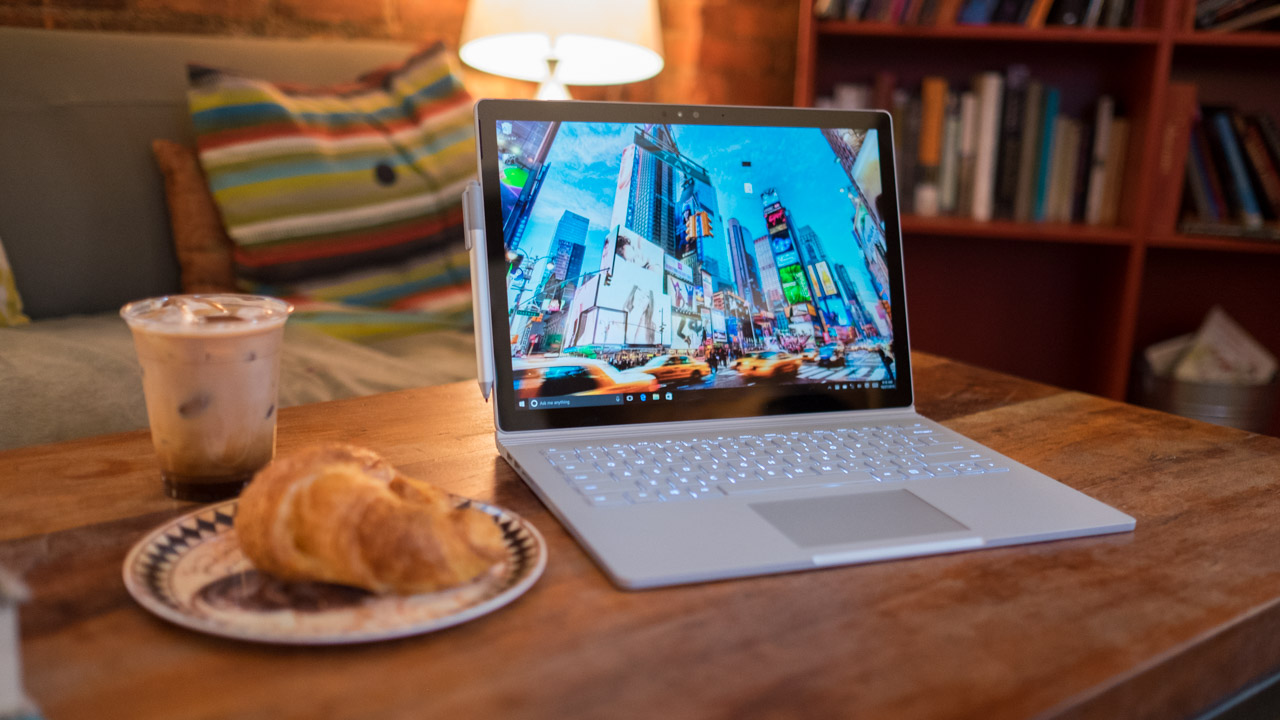Why you can trust TechRadar
With a starting weight of 3.34 pounds (1.51kg), the Surface Book is one of the heaviest 13-inch laptops. And that's without the optional, discrete GPU, which ends up adding a few extra ounces and bumps up this laptop's total weight to 3.48 pounds (1.58kg). While this might look like a lot on paper for an Ultrabook-class device, consider the 13-inch MacBook Pro weighs just as much despite it packing a smaller screen, no dedicated GPU and fewer batteries. For a closer look at how the two devices compare, check out our Microsoft Surface Book vs Apple MacBook Pro versus article.
If you're looking for the power of a discrete GPU in an Apple device, you'll have to go all the way up to a high-end 15-inch MacBook Pro. And this is a machine that is significantly heavier (4.49 pounds or 2.04kg) and larger (14.13 x 9.73 x 0.71 inches or 359 x 247 x 18mm).
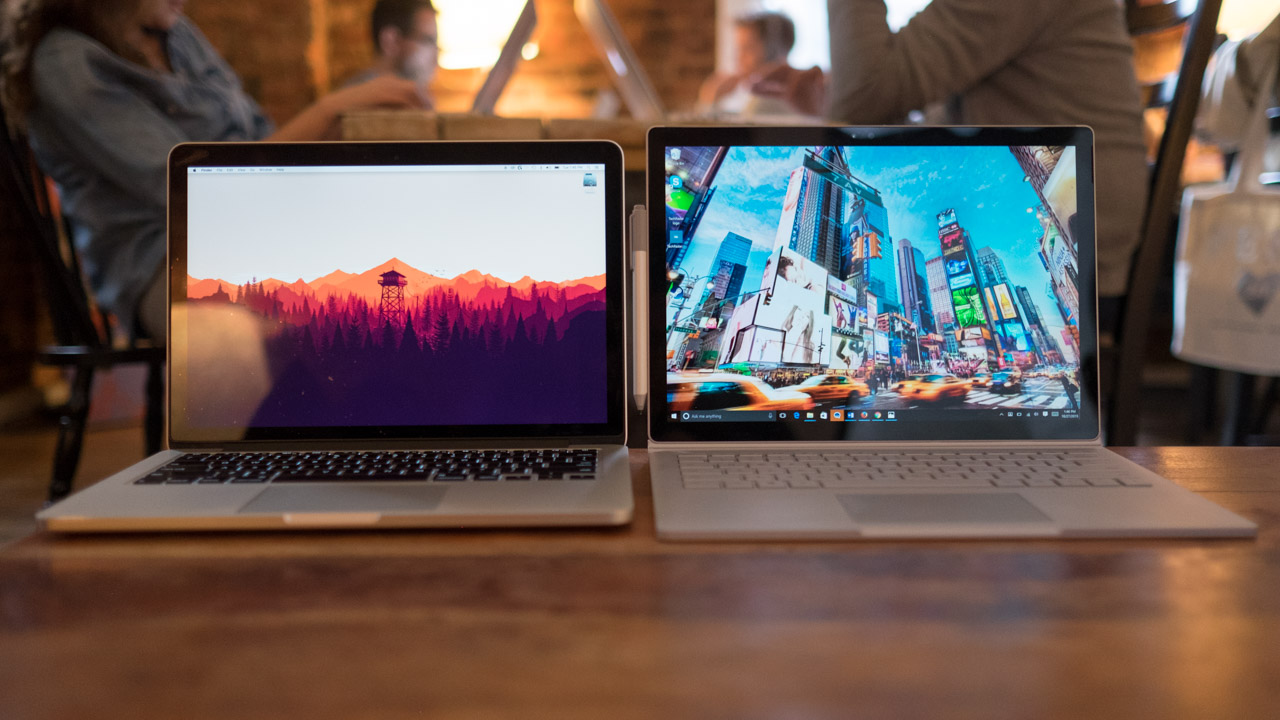
Thanks to its 3:2 aspect ratio and having a 13.5-inch screen, the Surface book is quite a bit taller than your average 13-inch laptop. Despite its peculiar 12.3 x 9.14 x 0.51-0.90 inches or 312 232 x 13-22.8 mm (W x D x H) dimensions, I had no problem slipping this laptop into bags designed to hold a traditional 13.3-inch laptop.
The Dell XPS 13 comes as the antithesis to the Surface Book in its mission to be the smallest 13-inch laptop in the world, weighing in at 2.8 pounds (1.27kg) while measuring 11.98 x 7.88 x 0.6 inches (304mm x 200 x 15mm).
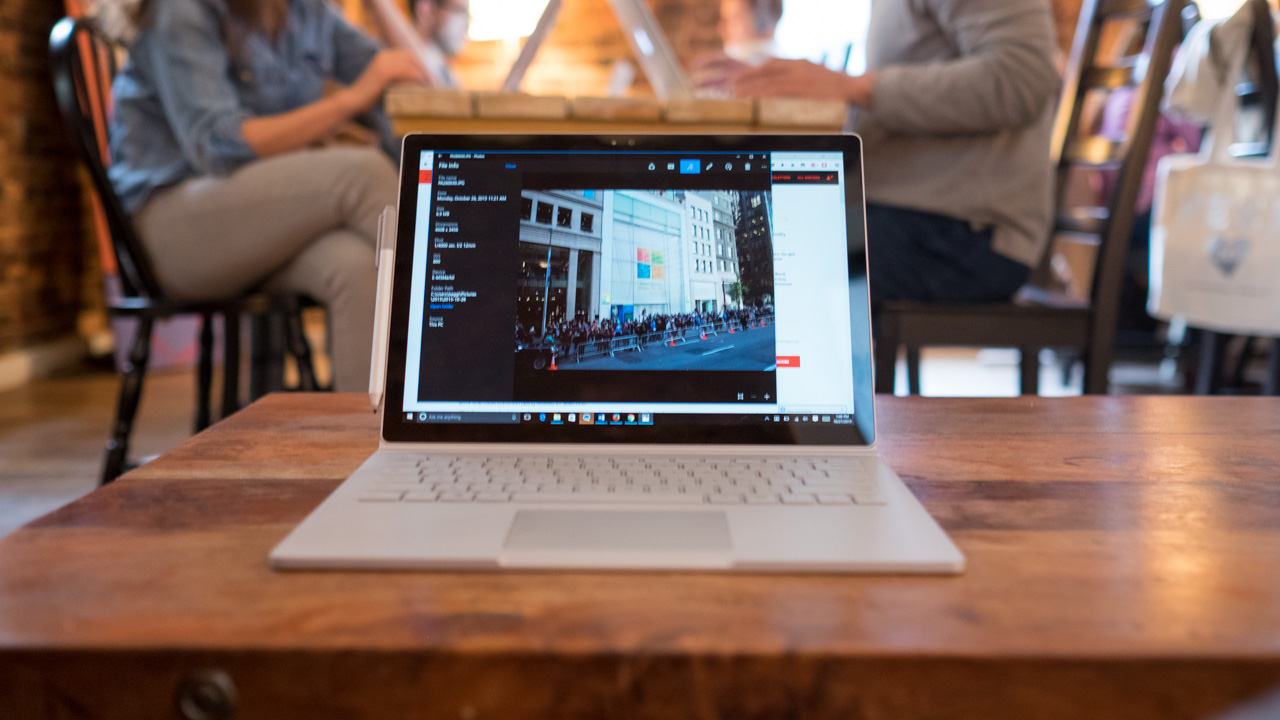
Spec sheet
Here is the configuration for the Microsoft Surface Book techradar reviewed:
- Processor: 2.4GHz Intel Core i5-6300U (dual-core, 3MB cache, up to 3GHz with Turbo Boost)
- Graphics: Intel HD graphics 520; Nvidia GeForce graphics (1GB GDDR5 high-speed memory)
- RAM: 8GB
- Screen: 13.5-inch, 3,000 x 2,000 (267 ppi) PixelSense Display
- Storage: 256GB PCIe3.0 SSD
- Ports: 2 x USB 3.0, mini DisplayPort, SD card reader, mini headphone/mic combo jack
- Connectivity: 802.11ac 2x2 MIMO Wi-Fi, Bluetooth 4.0 LE
- Camera: Windows 8MP rear-facing auto-focus camera (1080p HD), 5MP front-facing Hello face-authentication camera (1080p HD)
- Weight: 3.48 pounds (1.58kg)
- Size: 12.3 x 9.14 x 0.51-0.90 (W x D x H) (312 x 232 x 13-22.8 mm)
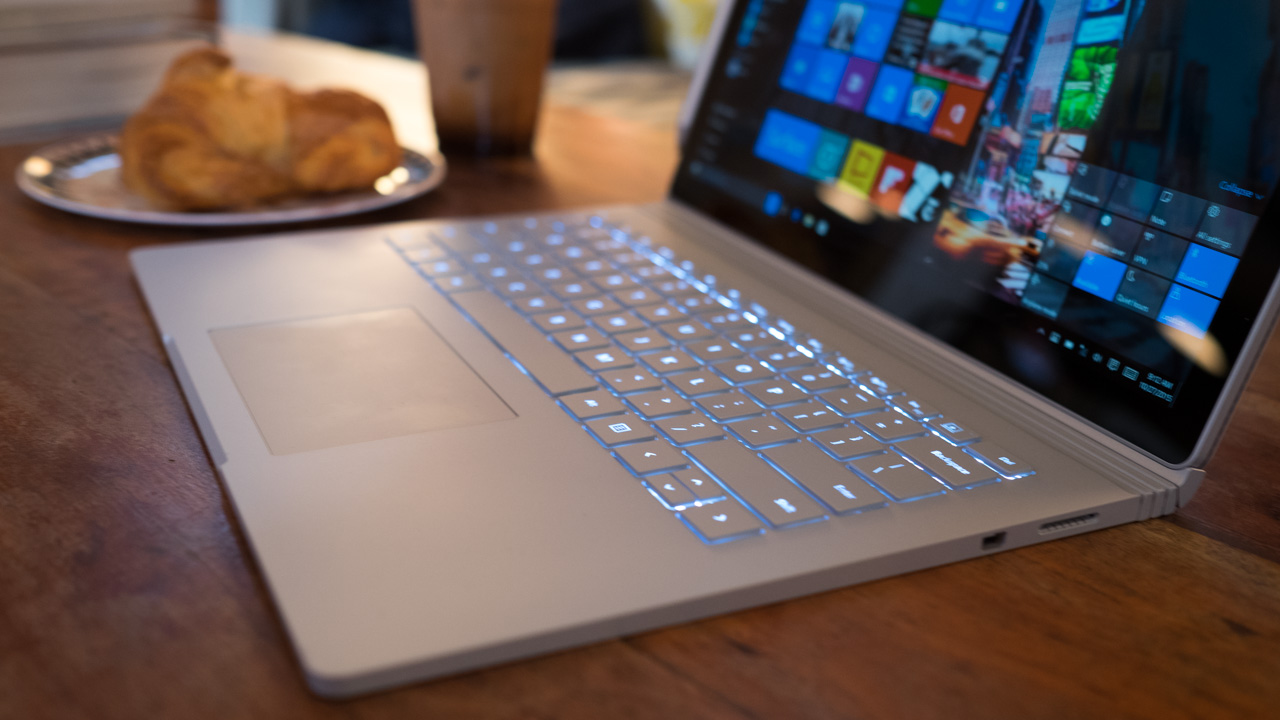
With an $1,899 or AU$2,949 (about £1,239) price tag for the configuration above, the Surface Book asks for a pretty penny that's typically reserved for high-end gaming notebooks. And that's even applicable to the $1,499 or AU$2,299 (about £978) price associated with its most basic configuration, which is essentially a more expensive Surface Pro 4.
Not just a joke either, Microsoft's two Surface devices shares very similar standard specs including the same processor, storage space and memory allotment. However, there are several key differences, as Microsoft's first laptop possess a larger screen and a completely different design. It's for this reason, it makes sense to either throw in an extra couple of dollars in the hole to get the $1,699, US-only unit with discrete graphics and 128GB of storage space.
If you want to go whole hog on Microsoft's hybrid, you could also pick up a 1TB configuration that comes with an Intel Core i7 CPU, a discrete GPU and 16GB of RAM for $3,199 – but again, unfortunately, this is a US-only configuration.
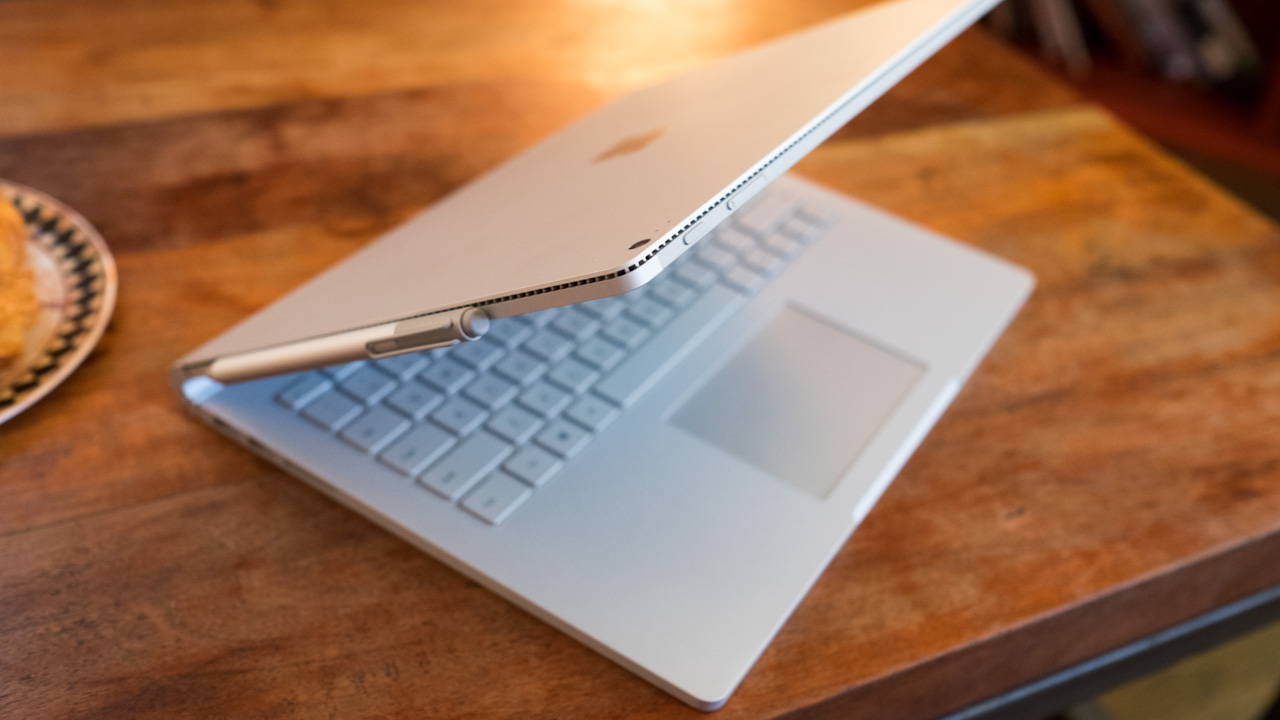
The well-equipped, Skylake-powered Dell XPS 13 can be had for $1,649 (£1,149, $2,499). While it does not come with a discrete graphics chip, the XPS 13 has a leg up on the Surface book with a 3,200 x 1,800 resolution display and a 2.5Ghz Intel Core i7-6500U processor.
The 15-inch MacBook Pro is by far the most expensive machine, ringing up for $2,499 (£1,999, AU$3,799). However, for this kingly sum, it comes with double the RAM and SSD storage space, an AMD Radeon R9 M370X GPU, and it's the only one with a quad-core processor. Unfortunately, it has the lowest resolution display, pushing only 2,880 by 1,800 pixels.
If you're looking for something to serve your basic mobile computing needs, then the Dell XPS 13 is your smartest and most economical choice. However, if you're looking for something flashier and can do more, then the Surface Book is your ticket. For those who need a production workhorse, the 15-inch MacBook Pro still wins this race against Microsoft.
Images Credit: TechRadar
Current page: Specifications and value
Prev Page Introduction and design Next Page Performance and featuresKevin Lee was a former computing reporter at TechRadar. Kevin is now the SEO Updates Editor at IGN based in New York. He handles all of the best of tech buying guides while also dipping his hand in the entertainment and games evergreen content. Kevin has over eight years of experience in the tech and games publications with previous bylines at Polygon, PC World, and more. Outside of work, Kevin is major movie buff of cult and bad films. He also regularly plays flight & space sim and racing games. IRL he's a fan of archery, axe throwing, and board games.
